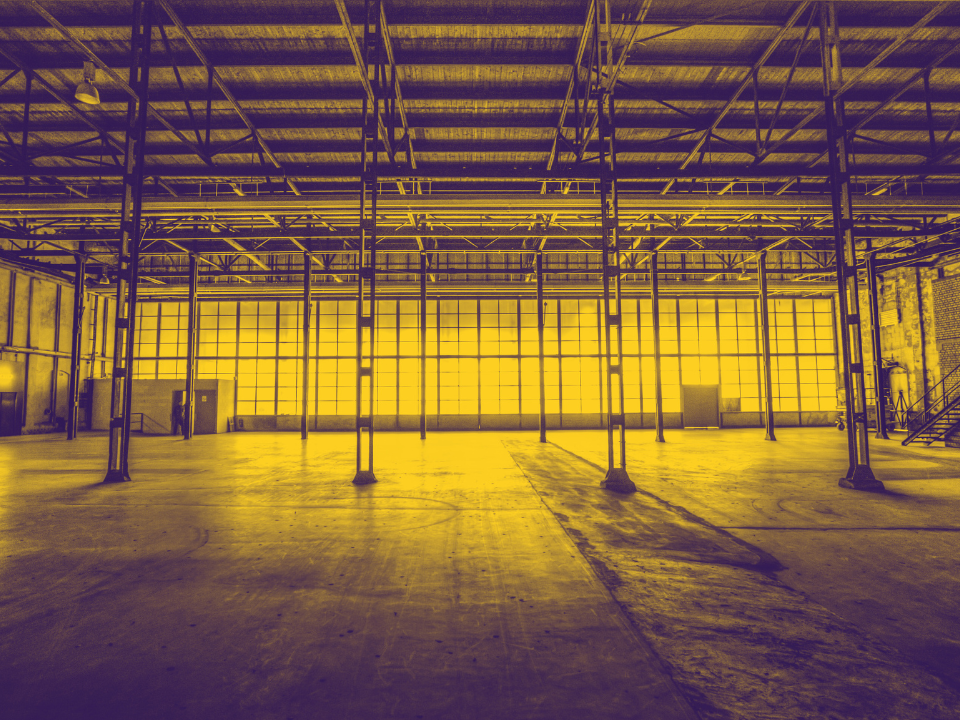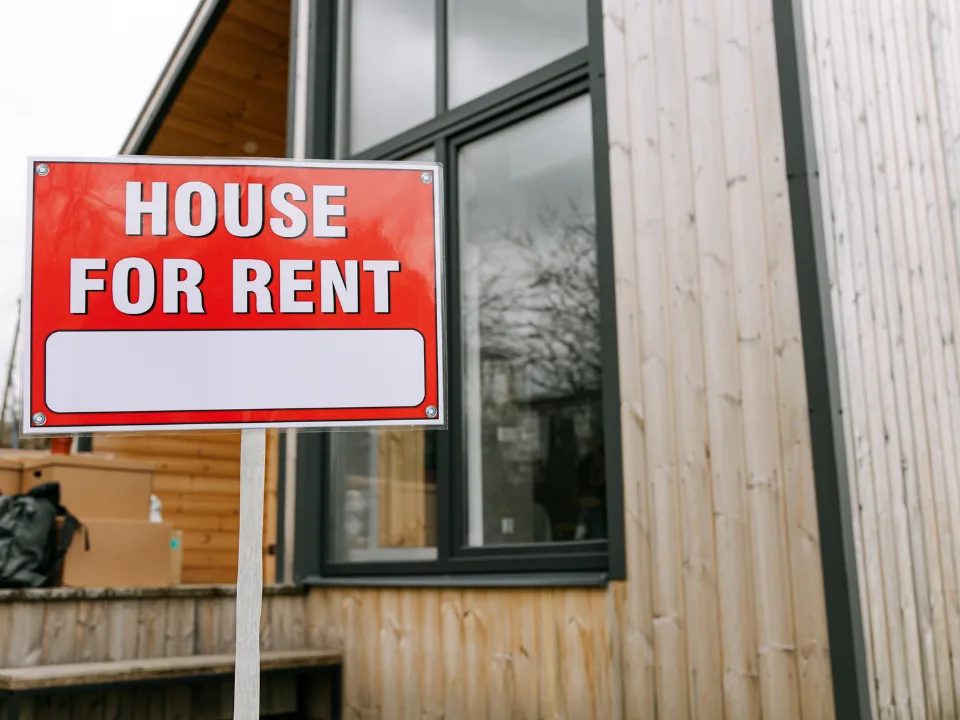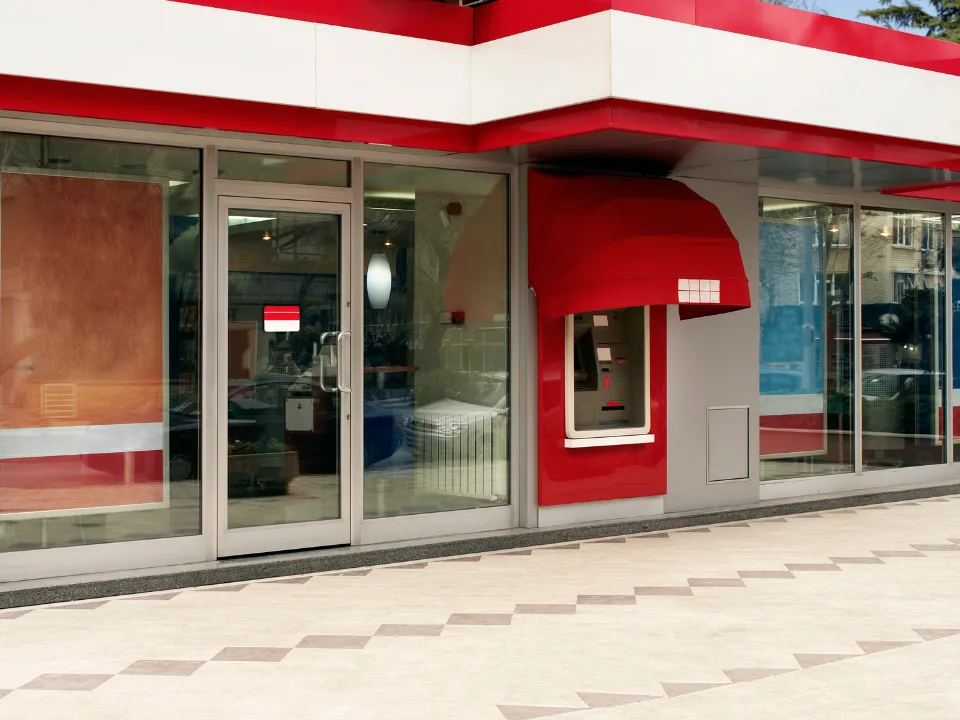- Industrial absorption doubled in 2Q24, signaling robust demand despite rising vacancy rates.
- Vacancy rates hit 6.1%, surpassing 6% for the first time in nine years.
- New Q2 construction totaled 121.1 MSF, with 84% of projects being ‘speculative.’
According to Cushman & Wakefield, despite rising industrial vacancy rates, demand remains strong, as reported on Globest.
By The Numbers
Industrial absorption doubled in Q2, even as vacancy rates climbed to 6.1%, the highest it’s been in nine years. The market absorbed 46.3 MSF of industrial space in the quarter, indicating healthy market fundamentals.
Fortunately, “Although vacancy has continued to climb, it remains well below the 10-year pre-pandemic (2010-2019) average of 7%,” said Jason Price, Americas Head of Logistics & Industrial Research at Cushman & Wakefield.
Price anticipates vacancy rates will peak at 6.7% next year as the industrial market stabilizes, with developers waiting for demand to align with new supply.
Supply Trajectory
New U.S. industrial construction hit 121.1 MSF in Q2, bringing the midyear total to 239.6 MSF—the second-highest midyear level on record. Of this new construction, 84% was speculative, with nearly half in the South.
Future supply is expected to contract. While construction starts were slightly higher than in Q1, the under-construction pipeline dropped to 343.4 MSF, 14.4% less than in Q1 and 46% lower YoY. The South and Midwest saw the most significant drops, down 118% and 99%, respectively.
Speculative constructions also fell, to 67.7% from 71.4% in Q1. Cushman & Wakefield projects the number of speculative properties will decline further in 2H24 as warehouses continue to be delivered, while build-to-suit manufacturing facilities remain under development due to longer timelines.
Why It Matters
The doubling of industrial property absorption despite rising vacancies in Q2 is notable, and a great indication of institutional confidence in and demand for industrial properties. Moving forward, developers and investors will likely focus on balancing speculative and build-to-suit projects to align with market demand.

















